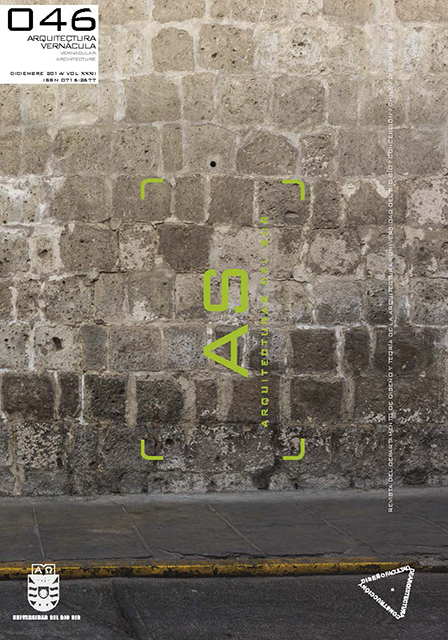Pequeñas grandes lecciones de diseño desde lo cotidiano: las esquinas. El caso de Taxco, Guerrero
Palabras clave:
arquitectura vernácula, espacio público, esquinas, diseño urbano, tipologíasResumen
En este artículo se aborda el estudio del binomio esquina – rincón, de las plazuelas y de los edificios en esquina. El interés se centra en ejemplificar la riqueza de soluciones vernáculas y, específicamente, las configuraciones urbanoarquitectónicas de la ciudad de Taxco, México. Para ello, se ofrece una lectura que destaca y expresa, mediante imágenes y bocetos, la manera en que este asentamiento humano ha respondido a un entorno topográfico complejo, logrando una síntesis espacial caracterizada por la homogeneidad en la diversidad. Cuando la arquitectura participa adecuadamente en el reforzamiento de la vida comunitaria que inicial y precariamente ha conformado “sus lugares”, resulta relativamente fácil “descubrir” las vocaciones de los espacios urbanos y, entonces, la respuesta funcional, formal, espacial urbano-arquitectónica se dirige a reforzar la idea de lugar, los lazos comunitarios y consolida sueños e historia.
Descargas
Descargas
Publicado
Cómo citar
Número
Sección
Licencia
El contenido de los artículos que se publican en cada número de Arquitecturas del Sur, es responsabilidad exclusiva de los autores y no representan necesariamente el pensamiento, ni comprometen la opinión de la Universidad del Bío-Bío.
Las/os autoras/es conservarán sus derechos de autoría, sin embargo, garantizarán a la revista el derecho de primera publicación y difusión de su obra. La publicación del artículo en Arquitecturas del Sur está sujeta a la Licencia de Reconocimiento de Creative Commons CC BY-SA que permite a otros Adaptar: remezclar, transformar y construir sobre el material para cualquier propósito, incluso comercialmente, Compartir: copie y redistribuya el material en cualquier medio o formato, siempre y cuando se reconozcan la autoría y la primera publicación en esta revista citando correctamente, así como también sus nuevas creaciones estén bajo una licencia con los mismos términos.













 Programa de Información Científica/Concurso Fondos de Publicación de Revistas Científicas 2018/ Proyecto Mejoramiento de Visibilidad de Revistas UBB (Código:FP180007)
Programa de Información Científica/Concurso Fondos de Publicación de Revistas Científicas 2018/ Proyecto Mejoramiento de Visibilidad de Revistas UBB (Código:FP180007) 
